1110 Search Results for Core
April 2, 2017
by Carole Zangari -
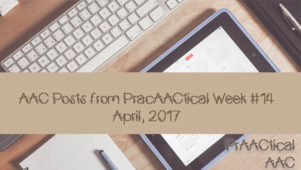
The start of April is always a busy time. We launched Autism Awareness and Acceptance Month by learning more about how to differentiate instruction in ways that let kids with autism and other communication challenges grow and shine. Thanks, Phyl Macomber and UM-NSU CARD for a great day of learning and connecting! Hope your start to the month was equally enriching. Monday: PrAACtically April: AAC Resources for A Year of Core Words Tuesday: PrAACtical Alert: AAC App News (Throughout the month, we’ll keep updating this with news of AAC app discounts and other sales on autism-related materials). Wednesday: PrAACtically April: AAC Resources for A Year of Core Words Thursday: 30 Ways to Support Autism Awareness & Acceptance Month
March 28, 2017
by Carole Zangari -
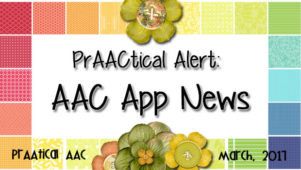
NOTE: Scroll down for the latest update on AAC app discounts and other sales. —————————————- Many of you know the work of Pennsylvania-based SLP Lauren Enders, whose contributions here and on Pinterest, Facebook, and other social media have been invaluable in our clinical and educational work. Lauren does a terrific job of identifying AAC, AT, and related resources and goes the extra mile in sharing them with others. Today, we feature a graphic that she developed to alert us of AAC apps that are discounted in support of Autism Awareness and Acceptance Month in the US app store. The discounts may be available in other areas as well. The graphic is not interactive so if you wish to purchase an app, you’ll need to visit the iTunes App Store and search for the app you’re interested in or visit the company’s website. OR you can scroll down to the bottom... [Read More...]
March 26, 2017
by Carole Zangari -
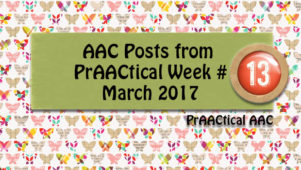
It’s hard to believe that March is almost over! Anyone else busy planning for Autism Awareness and Acceptance Month? In the meantime, here are a few posts from last week. Monday: Using Metaphors to Support Vocabulary Teaching Wednesday: Video of the Week: Make a Core Vocabulary Folder Thursday: How I Do It: Addressing the 4 Most Overlooked Operational Skills for High-Tech AAC Users
March 23, 2017
by Carole Zangari -
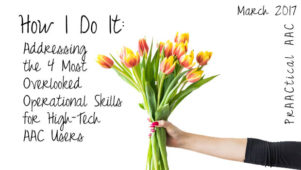
Like many of you, the best part of the work week is when I get to teach language. As amazing as it is to help people with AAC needs become more linguistically competent, we have to be sure not to shortchange some of the operational skills that allow AAC learners to be successful. In this post, SLP Rachel Madel helps us think about supporting the development of operational competence in our AAC learners. The 4 Most Overlooked Operational Skills for High-Tech AAC Users When I first began helping children use high-tech AAC systems, I focused all of my energy on building strong communicators who could navigate through complex systems and use powerful language. I quickly realized that if I wanted to optimize the use of AAC I also needed to teach my students the mechanics of the machines they were using. Once I began teaching basic operational skills, I noticed... [Read More...]
March 20, 2017
by Carole Zangari -
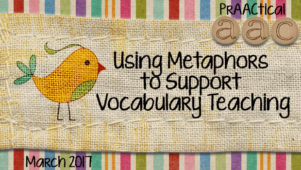
One of the really fun things about writing posts about vocabulary is that it gives us a great excuse to browse some teacher and SLP blogs. Sometimes their creativity blows me away, not to mention how incredibly engaging and cute they are! I especially love the creative themes that they use to go way beyond the ‘Vivid Verbs’ concept. Metaphors and visual imagery are both research-backed strategies for retaining new information. That’s important, especially as we move beyond core vocabulary and expose our AAC learners to a richer lexicon. Both can be used in a variety of games and activities and go a long way toward build engagement about new word learning. In the hands of an enthusiastic instructor, a metaphor can be developed into a theme that boosts the ‘fun factor,’ which is important when we’re trying to build the buzz around new word learning. Here are some of... [Read More...]
March 19, 2017
by Carole Zangari -
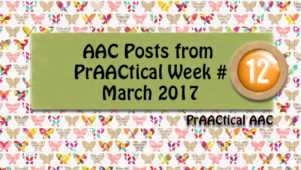
Here are a few AAC posts that you may have missed. Monday: PrAACtical Resources: Living with AAC Wednesday: Video of the Week: Developing a Personal AAC System Thursday: How We Do It: AAC Videos for Core Word Learning
March 6, 2017
by Carole Zangari -
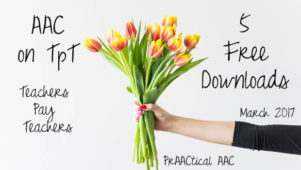
Looking for some AAC materials to round out your collection of resources? Teachers Pay Teachers, the online marketplace for materials made by teachers and therapists, has quite a few. Here are a couple of freebies to check out. AAC Myths by Susan Berkowitz Preverbal Communication-AAC Checklists by Ricki Block of Preschool Speechie Plus AAC Home Information Questionnaire by Tarra Bailey AAC Brochure for Teachers and Support Staff by Sublime Speech Leveled Core Communication Boards by Sister SLPs What are your favorite AAC resources on Teachers Pay Teachers? We’d love to hear about them.
March 5, 2017
by Carole Zangari -
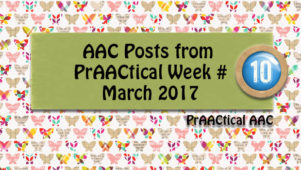
Looking to catch up on some AAC reading? Here are a few posts you may have missed. Monday: PrAACtically March: AAC Resources for A Year of Core Vocabulary Words Wednesday: Video of the Week: Environmental Communication Teaching Thursday: PrAACtical Teaching in the Autism Classroom: Instructional Activities for Core Vocabulary
February 12, 2017
by Carole Zangari -
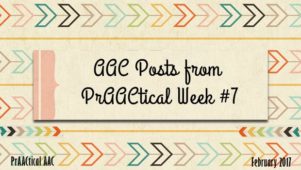
Happy Valentine’s Day, prAACtical friends! Hope there’s a lot of AAC love in your week. Monday: Make it PrAACtical: Switch Mounts Wednesday: Video of the Week: Designing & Using Visual Supports for Older Students Thursday: PrAACtically Valentine’s Day: Core Vocabulary Activities
February 5, 2017
by Carole Zangari -
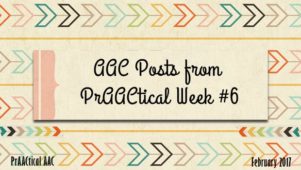
Happy February, all! Anyone interested in some online AAC conversation? I’m looking forward to connecting with AAC stakeholders from around the world this Thursday on Twitter, as I host the #USSAACchat (Feb 9, 7:00 pm ET). Our topic is ‘Beyond Awareness: Building a Culture of AAC Support.’ All are welcome! If you are new to Twitter or Twitter Chats or just don’t ‘get’ how it can support professional growth, you can learn more about that here. Even if you are an infrequent Twitter user, or if you are more of a lurker than a participant, we welcome you to join us. Lots of AAC in your busy week? Here are some posts you may have missed. Monday: PrAACtically February: Resources for A Year of Core Vocabulary Words Wednesday: Video of the Week: Mobilizing the Power Of Special Interests Thursday: Privacy and AAC: A Few Reflections









